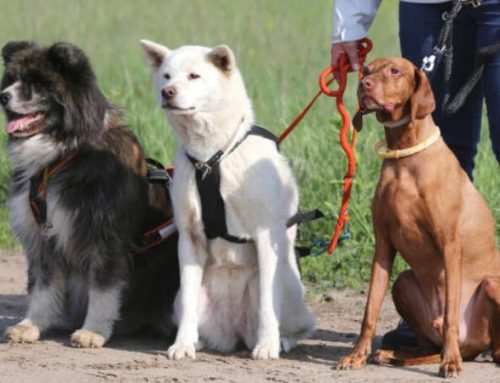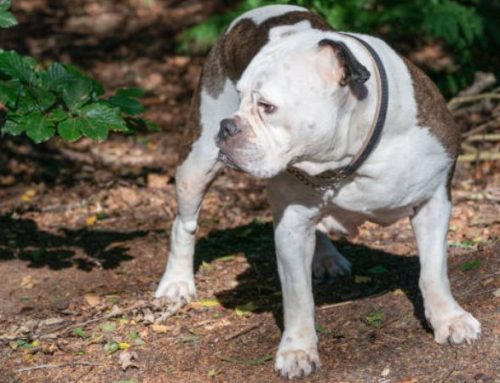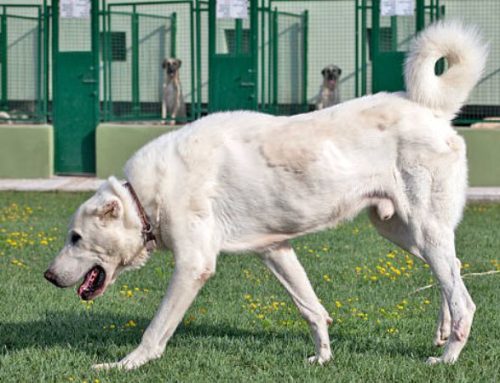The Maltese Poodle hybrid, commonly known as the Maltipoo, blends the Maltese’s sweet temperament with the Poodle’s sharp intelligence. Cherished for their loving nature and low-shedding coats, they’re well-suited to a variety of households. This guide explores the main pros, cons, and essential care tips to help you determine if a Maltipoo is your perfect match.

What is a Maltese Poodle Hybrid?
A Maltese Poodle hybrid, often called a Maltipoo, is a designer dog breed created by crossing a Maltese with either a Miniature or Toy Poodle. Originally bred to combine the affectionate nature of the Maltese with the intelligence and low-shedding coat of the Poodle, the Maltipoo has grown in popularity as a companion dog.
From the Maltese parent, Maltipoos often inherit a loving, gentle personality and a silky coat, while the Poodle contributes smarts, trainability, and hypoallergenic traits. Their size can vary slightly depending on whether the Poodle parent is a Miniature or Toy, but most Maltipoos are small, typically weighing between 5 and 20 pounds. They usually have a soft, fluffy coat in colors ranging from white and cream to apricot and even light brown. Known for their friendly and playful temperament, Maltipoos make excellent pets for singles, couples, and families alike.
Pros of Having a Maltese Poodle Hybrid
Low-Shedding and Hypoallergenic Coat
Maltipoos typically have soft, curly or wavy coats that shed very little thanks to their Poodle heritage. This makes them a great choice for allergy sufferers or anyone wanting less pet hair around the house. Regular grooming is needed to prevent tangles, but overall, their low-shedding coat is a big plus.
Friendly and Affectionate Personality
These dogs are known for being loving and devoted companions. They enjoy cuddling and being close to their family members, making them perfect for people looking for a loyal and affectionate pet. Their gentle nature also suits seniors and those who want a close emotional bond with their dog.
Adaptability to Different Living Spaces
Maltipoos adjust well to various homes—whether it’s a small apartment or a bigger house. Their small size and moderate exercise needs mean they don’t require a yard, though they do appreciate daily walks and playtime. As long as they get enough attention, they’re happy in almost any environment.
Intelligent and Easy to Train
Combining the smarts of both Maltese and Poodles, Maltipoos are quick learners who respond well to positive training techniques. They enjoy mental challenges and can pick up commands and tricks quickly, making training a fun experience for both dog and owner.
Good with Kids and Other Pets
Thanks to their gentle and social nature, Maltipoos usually get along well with children and other animals. They are playful but patient, making them a great family pet. When properly socialized, they can easily live peacefully with other pets.
Long Lifespan and Good Health
Maltipoos often live between 13 and 15 years with proper care. While they can inherit some health issues, choosing a responsible breeder and maintaining regular vet visits helps keep them healthy. Their size and energy level also support a balanced, active lifestyle.

Cons of Having a Maltese Poodle Hybrid
- High Grooming Needs: Their soft, often curly coat requires regular brushing to prevent mats and tangles, plus professional grooming every few weeks, which can be time-consuming and costly.
- Health Concerns: Maltipoos may inherit health issues common in small breeds, such as patellar luxation, eye problems, and collapsed trachea. Responsible breeding helps reduce risks but doesn’t eliminate them entirely.
- Separation Anxiety: This breed forms strong bonds and can suffer from anxiety if left alone too long, leading to excessive barking, destructive behavior, or stress.
- Energy Levels: Despite their small size, Maltipoos can be quite energetic and need daily exercise and mental stimulation to stay happy and well-behaved.
- Expense: The cost of acquiring a Maltipoo, along with ongoing grooming, vet care, and supplies, can be significant. Prospective owners should be prepared for these financial commitments.
Care Tips for Your Maltese Hybrid Puppy
1. Nutrition
Feeding your Maltese hybrid puppy a balanced and nutritious diet is essential for healthy growth and development. Choose high-quality puppy food formulated for small breeds, ensuring it contains adequate protein, healthy fats, and essential vitamins. It’s important to control portion sizes according to your puppy’s age, weight, and activity level to maintain a healthy body condition and avoid obesity. Young puppies typically benefit from multiple small meals a day, gradually transitioning to fewer feedings as they mature. Be cautious of foods that may cause digestive upset or allergies, and always provide fresh water.
Avoid feeding your puppy harmful ingredients such as chocolate, grapes, onions, garlic, caffeine, and cooked bones, as these can be toxic. Additionally, steer clear of foods containing artificial additives, fillers, or low-quality meat by-products, which can lead to gastrointestinal issues and poor coat condition. Selecting natural, preservative-free options made with recognizable ingredients is always the safest choice.
2. Grooming
Maintaining your Maltese hybrid’s coat requires regular attention to prevent matting and keep their fur healthy. Depending on the coat length and texture, brushing should be done every two to three days or even daily for longer hair. Use a soft-bristle or pin brush designed for delicate coats to gently remove tangles and distribute natural oils. Routine trimming every six to eight weeks helps manage growth and keeps your puppy comfortable, especially around sensitive areas like the face and paws.
Bathing is best scheduled every three to four weeks using gentle, hypoallergenic shampoos that preserve the skin’s natural moisture. Over-bathing can dry out the skin, so moderation is key. After baths, applying a nourishing conditioner or leave-in spray protects the fur from environmental damage. Don’t forget dental hygiene; brush your puppy’s teeth several times a week with dog-safe toothpaste to prevent plaque buildup. Clean ears regularly with veterinarian-approved solutions to avoid infections, as floppy ears can trap moisture and debris.

3. Exercise and Training
Maltese hybrids tend to be lively and intelligent, needing daily physical activity to stay healthy and happy. Plan for at least two sessions of 20 to 30 minutes each, combining brisk walks and interactive play. This routine supports cardiovascular health, muscle tone, mental stimulation, and helps release excess energy that might otherwise lead to destructive behaviors.
Training should focus on positive reinforcement techniques, rewarding good behavior with treats, praise, and affection. Keep sessions short and consistent to hold your puppy’s attention. Early socialization is equally important; gradually expose your Maltipoo to different people, environments, and gentle dogs to foster confidence and reduce anxiety in new situations. Positive, calm introductions during the critical socialization period encourage well-rounded development.
4. Health Care
Keeping up with your puppy’s vaccination schedule is crucial for protection against infectious diseases. Initial vaccines begin around 6 to 8 weeks of age, followed by boosters every few weeks until about four months old. Regular veterinary visits allow for health monitoring, early detection of potential issues, and guidance on nutrition and preventive care.
Routine screenings may include dental checks, joint assessments, and eye examinations, as Maltese hybrids can be prone to specific conditions such as patellar luxation and tear staining. Preventative measures against parasites like fleas, ticks, and worms should be administered year-round, using products recommended by your veterinarian. Maintaining a clean living environment and avoiding contact with unvaccinated animals also reduces health risks.
5. Creating a Safe Home Environment
Puppy-proofing your home ensures your Maltese hybrid stays safe while exploring. Remove or secure electrical cords, toxic plants, chemicals, and small objects that could be swallowed. Use baby gates or playpens to limit access to potentially hazardous areas. Check that all household items, including shoes and bags, are out of reach to prevent chewing accidents.
Provide a cozy, quiet space where your puppy can rest and feel secure. A well-padded bed or crate lined with soft blankets offers comfort and warmth, especially since small breeds often feel cold. This designated area also helps establish routines and gives your puppy a retreat for naps and downtime, essential for healthy development and emotional well-being.

Conclusion
A Maltese Poodle mix can be a wonderful addition to any home, blending the gentle, affectionate nature of the Maltese with the Poodle’s remarkable intelligence. While these dogs are known for their low-shedding coats and charming personalities, they do require consistent grooming and training to truly thrive. For those ready to commit to their needs, a Maltese hybrid offers the promise of a loving, playful, and loyal companion for many years to come.






